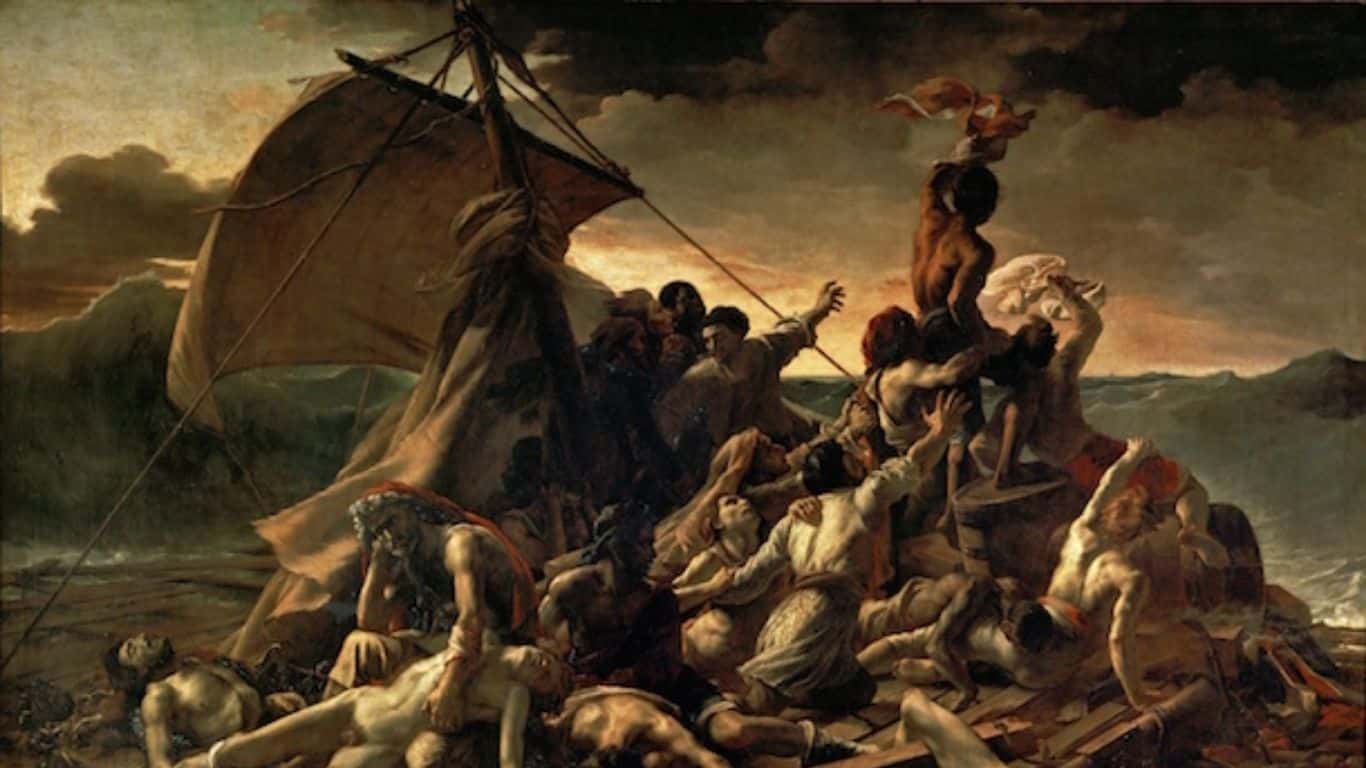Works of art never exist in a vacuum, they influence and are influenced by other works of art as well as social and political events. Thus, it often happens that a wave of a certain type of writing spreads across the world, made possible by certain socio-political and artistic conditions. Here is a list of 7 Literary Movements That Shaped The World of Literature.
7 Literary Movements That Shaped The World of Literature:
Romanticism
This is perhaps the most famous of all literary movements, and flourished in Europe around the end of the eighteenth century. However it gradually spread across the globe and influenced writers from all over the world. It is characterized by introspection and observation, where nature and the world without becomes a means of self-expression. It thus stresses (but does not limit itself to) on exalting the beauty of nature and thereby of the human condition. The major writers in this movement were poets – including William Wordsworth, John Keats and Percy Bysshe Shelley. In India, our poet laureate Rabindranath Tagore took inspiration from the Romantics in Europe. When it comes to novels, Jane Austen was a pioneer woman writer of the Romanticism period, as were the Bronte sisters.

Realism
This artistic movement included a wave of writers across the globe adhering to the norm of portraying reality as acutely accurately as possible. They did not believe in the flair of fantasy or imagination like the Romantics, but instead turned to fictional characters who could be pretty much anyone else on the street. They engaged in what is called verisimilitude, or the projection of apparent reality in works of art. This was actually a reactionary movement to Romanticism which the rise of bourgeoise, or the middle class, in Europe prompted . Writers in this age also turned to prose novels rather than the Romantic poetry. Charles Dickens of England, Gustave Flaubert of France and Leo Tolstoy of Russia were the pioneering artists of this movement.
Naturalism
The literary movement naturalism began around the same time as Realism. It is kind of an extreme form of realism itself. Even as Realism portrays the everyday through fictional characters, Naturalism seeks to detach itself from subjective fiction too. Naturalism borrows heavily from scientific principles of objectivity and detachment. It also has a larger focus on broader organizations such as society. So, Naturalistic works have characteristic elements of pessimism, brooding about the meaninglessness of life, the frailty and disgust of human condition and more. However, despite this, they shed light on the subjects of human condition that other movements sweep under the carpet. John Steinbeck, Chopin and William Faulkner and Saul Bellow wrote works that had elements of Naturalism.

Modernism
In the 20th century, several political events such as the devastations of the world war, the impact of the French and Industrial revolutions and upheavals created a distinct literary climate. This culminated in a literary movement which broke off form previous literary traditions and a rejection of realistic portrayals of reality under Realism well as sentimentalism of Romanticism. What writers of this period, including James Joyce, Virginia Woolf, T S Eliot, etc believed in was experimentation. These writers often wrote stream of consciousness novels, with an emphasis on psychological inquiry into the mind rather than plot. Other writers like Ernest Hemmingway and Henry Miller tried to defy linguistic constraints by stripping the language of its flowery artistry and presenting works in a matter-of-fact manner. As opposed to the regionalism of Realism, these artists attempted to delve into the universality of human experience.
Postmodernism
As the name of this movement suggests, it is an extension of modernism. Thus it is characterized by an even greater fragmentation and hybridization of form and language. These writers break away from form and structure entirely, such as Kurt Vonnegut. The very point of this movement is that it eludes definition. Hence it is difficult to point out what this movement comprises and what it doesn’t. Overall, LitHub says that these works connote a ‘self-aware playfulness’. Unreliable narrators, self-contradictory plots and variations of form are some elements of postmodernism. Robert Bolano and William Faulkner wrote this way.

Oulipoism
Oulipo is in sum ways the opposite of Romanticism. This is because it rejects the idea of unrestrained imagination and instead stresses constraints. These writers ordain a systematic style of creating works of art. For instance, the n+7 technique is where the poet takes an existing poem and replaces every noun with the noun seven entries after it in the dictionary. The snowball technique refers to the use of a word with one letter longer than the one previous for a ‘snowballing’ effect. These works of art are also characterized by mathematics, palindromes, patterns and more. The movement began with the French writers Queneau and Le Lionnais but includes others like Calvino and Duchamp.
Postcolonialism
This is much less a movement than a genre of literature which the freedom of colonies gave impetus to. Thus Postcolonial literature often centres around the consequences of decolonization. It stresses the exaltations and depressions of native lives post colonialism. There are different Postcolonial writers who write in different ways. For instance, Jhumpa Lahiri talks of diaspora, Chimamanda Ngozi Adichie of religion and race and more. The experience of colonialism and decolonialism in several ways is the main subject matter of this movement.
Also Read: Top 10 Image Books of the 21st Century



